UX & Development
Usability Testing

Explore Other
UX & Development Services
Our qualitative and quantitative usability testing methods help provide the answers you need to make impactful decisions for your business and your customers. We deliver researched-based solutions to your website usability challenges, to ensure the best possible experience for your users.
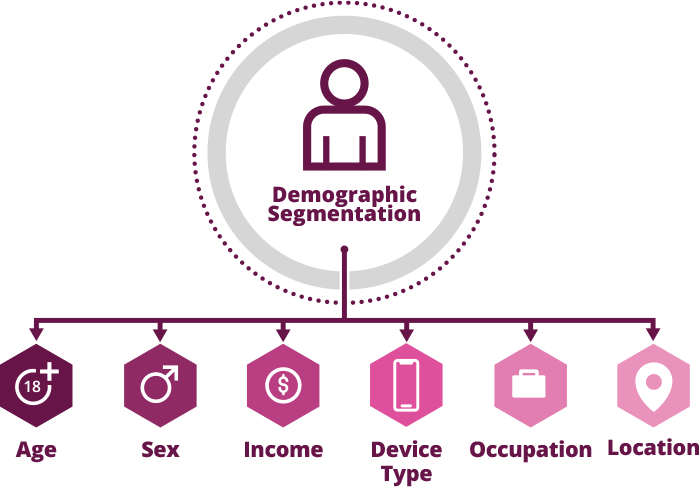
Participant Recruiting
No matter how niche the criteria, we put forward the right participants that fit your quantitative or qualitative research needs. From built-in panels and participant screening, to incentives that capture the right audience and increase response rates, every factor is considered in order to recruit the best, unbiased sample of respondents possible. Our modified process allows for recruitment for multiple research methodologies, such as focus groups, preference testing, and moderated and unmoderated studies.
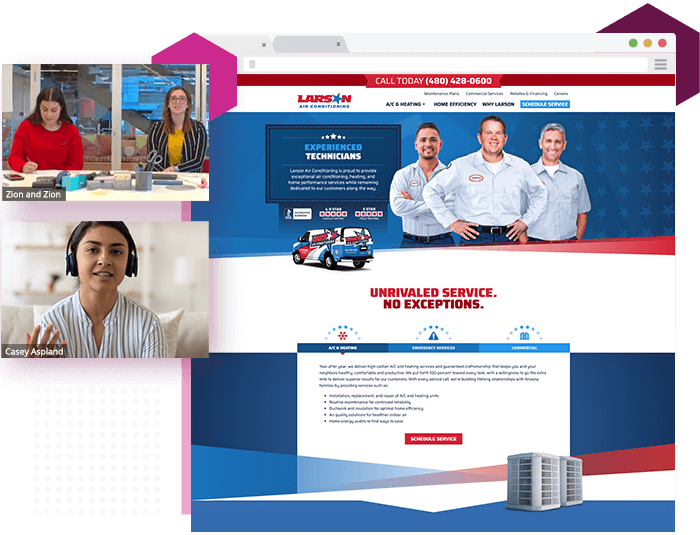
Moderated Testing
What makes a moderated test successful is the active participation of our trained moderators, not only facilitating participants through tasks, but accurately probing and replying to feedback in real-time. Moderating techniques such as echo, boomerang, and Columbo ensure users drive the session, not us. We structure sessions in such a way where research goals are achieved, but also overcome challenges that are constantly at odds with each other, such as keeping participants focused on the study, while allowing them to make decisions that support realistic user behavior. From there, we will deliver key insights so you can make smart, and purpose-driven business decisions that positively impact customers.
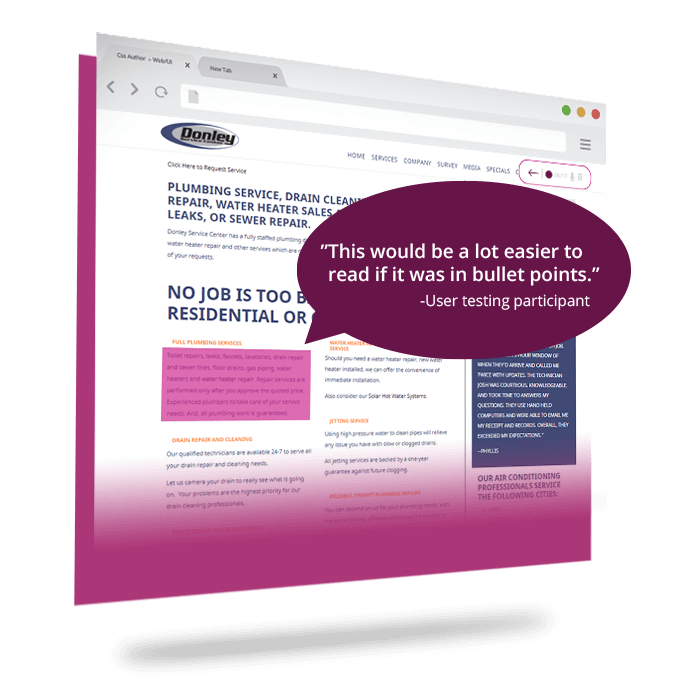
Unmoderated Testing
The intricacies of creating highly specific task scenarios that articulate what it is you want the user to accomplish takes meticulous research, planning, and preparation. Task completion, study length, flow efficiency, and error detection are a few elements we keep top of mind when crafting scripts for qualitative and quantitative testing sessions that are realistic and encourage action. Once completed, we review each session’s video recording to identify problems, common questions, and positive or negative reactions, and how these insights can be used to make customer-first business decisions.
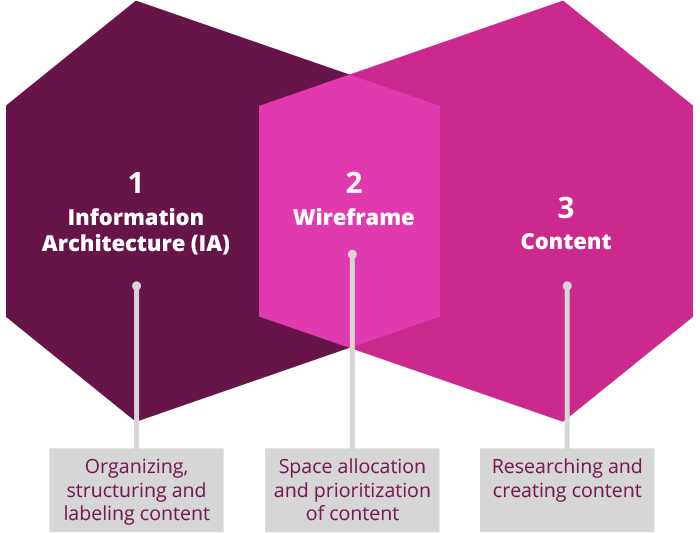
Information Architecture Analysis
Instead of hoping the information architecture (IA) of your website works for your users, we perform an in-depth analysis to test that assumption and confirm success. Whether pre, during or post website launch, we can draft one or multiple versions of the IA of your site and create realistic scenarios to test. Research methods range from tree testing, click testing, or card sorting; however, we ensure each approach allows users to think and react naturally rather than looking for a right or wrong answer.
Preference Test
Showing participants a set of two or more designs and prompting them to select the design they prefer is a common activity we refer to as a preference test. What you will not find as common is the methods in which we analyze what could otherwise be perceived as straightforward results. We analyze the findings using approaches such as binomial test, confidence interval test, Chi-Square Goodness of Fit test, and McNemar Exact test. So while having the understanding of when to run a preference test is good to have, we ensure that your data is analyzed, and useful information is extracted using the best approach for your business.
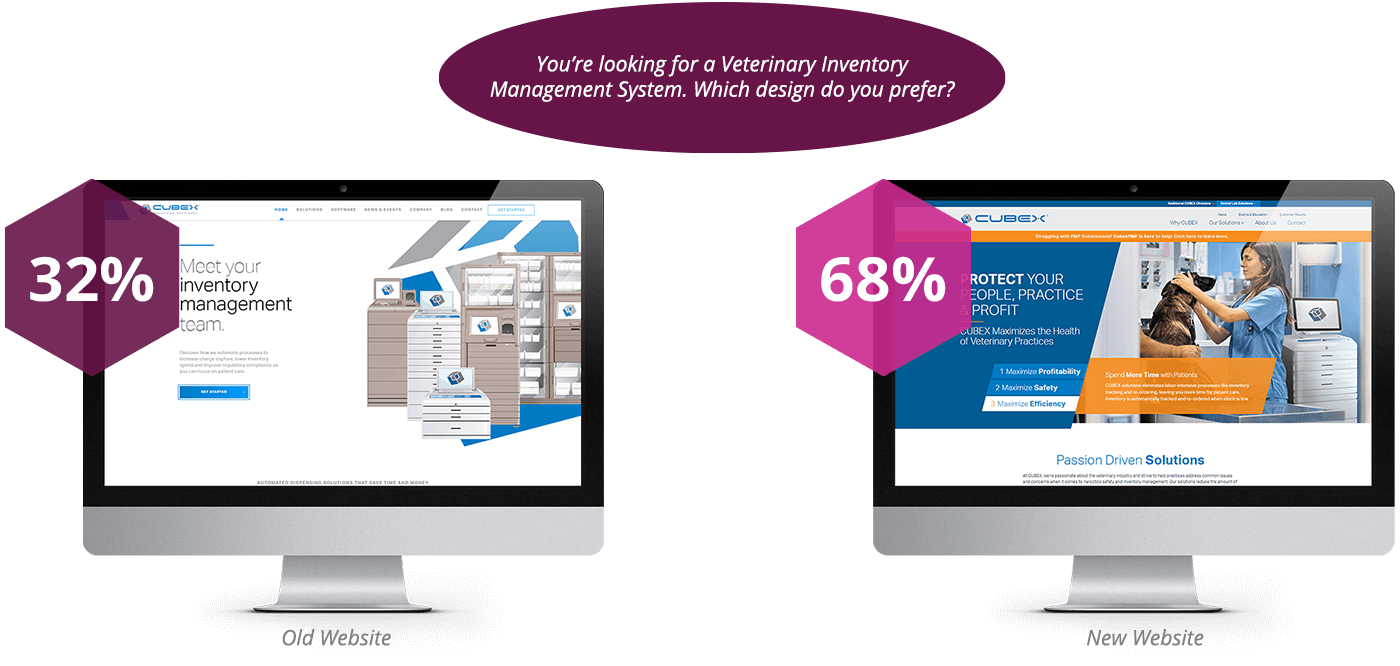
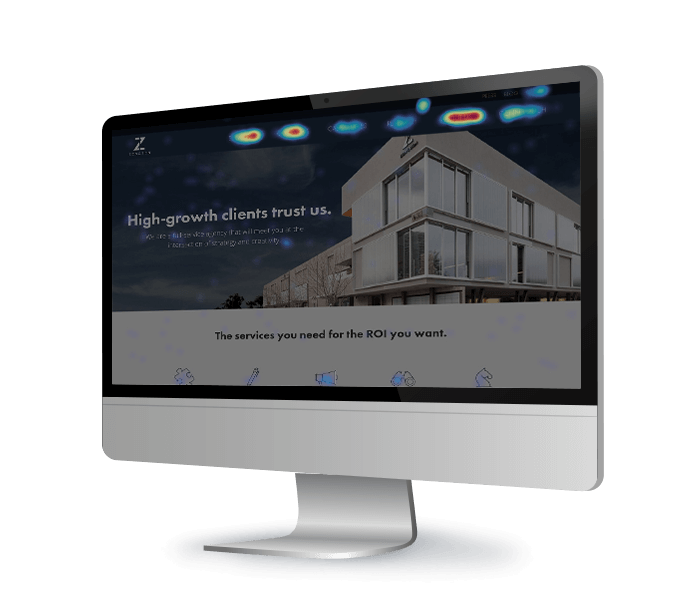
Heatmap, Scrollmap, Clickmap Analysis
Heatmap Analysis
Heatmaps tell a visual story of where users are hovering their cursor on your website. While typically used to fix smaller issues or quick changes, we combine this data with additional information gathered from Google Analytics or a clustering analysis to gather advanced insights so that we can make larger, more prominent changes that make an impact.
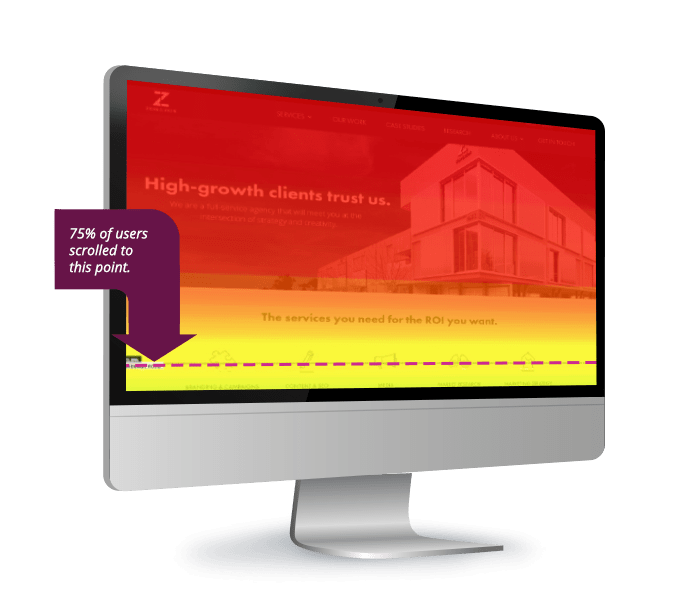
Scrollmap Analysis
Tracked by our usability testing software and Google Analytics, scrollmaps help start the conversation by providing a broad, horizontally-based view on what elements of your site’s current design are being viewed the most and at what point users are dropping off. Once analyzed, we will discuss with you what content best serves to capture users attention span, hold it, and invite them to engage further, but also help prioritize important concepts from a business perspective.
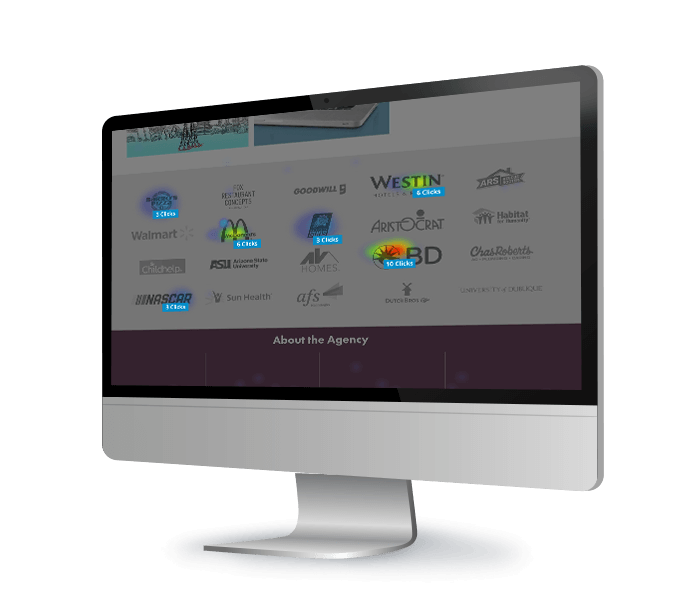
Clickmap Analysis
Tracking whether users click on buttons, links, and images help optimize pages and call to actions to improve conversions, identify bugs, and enhance web design. But that’s only part of the conversation. We combine clickmap results with other qualitative data such as user click percentage and on-site feedback surveys, so we conclude not only the what users click and do not click, but also the why.